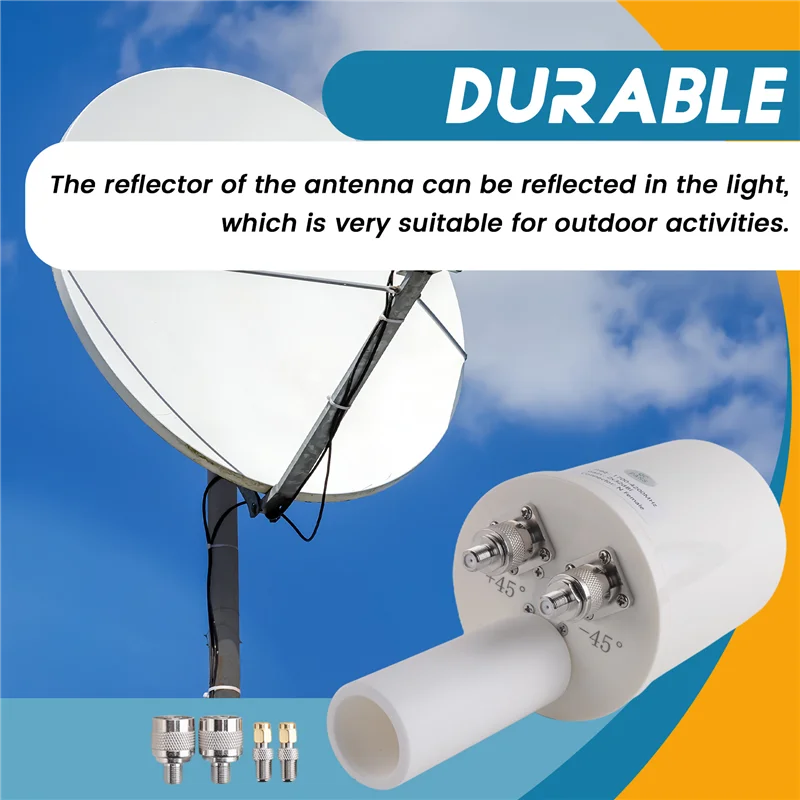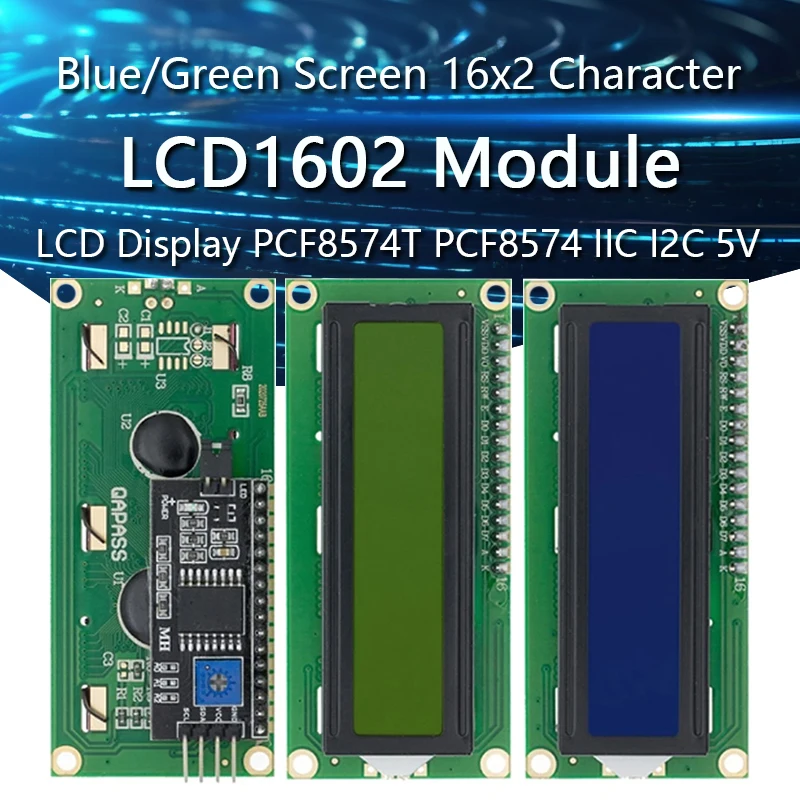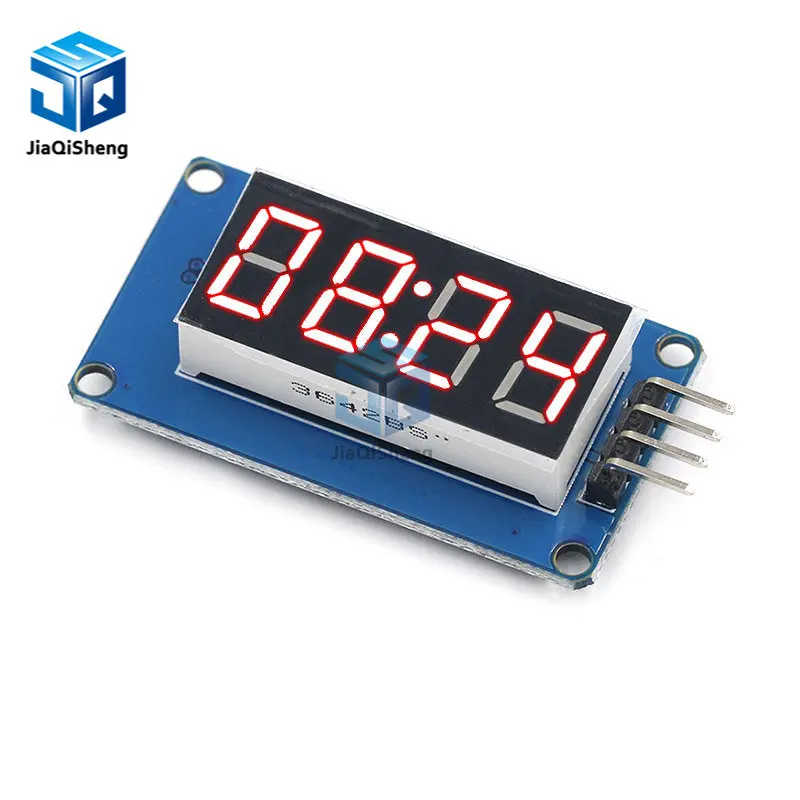
Simple Touch Circuit Turn ON LED or something else
Introduction to the Simple Touch Circuit
Have you ever wondered how a touch-sensitive lamp or button works? Many of these devices use a fundamental electronic principle: the sensitivity of a high-resistance circuit to the electrical properties of the human body. This article will guide you through building a simple yet fascinating circuit that turns on an LED when you touch a specific point. It's a perfect project for beginners to understand the practical application of a transistor as a switch.
How the Circuit Works (The Theory)
At the heart of this circuit is an NPN transistor, which acts as an electronically controlled switch. The key to turning it on is applying a small current to its base terminal. Under normal circumstances, with nothing connected, the transistor remains "off," and no current flows to the LED.
However, the human body acts as a conductor and can pick up weak alternating current (AC) signals ever-present in our environment from mains wiring (50/60 Hz). When you touch the exposed wire connected to the base resistor, your body provides a path for this tiny stray current to flow into the base of the transistor.
The large value of the base resistor (3.3kΩ) is crucial. It limits this current to a very small, safe level, but it's just enough to "bias" the transistor, turning it on. Once the transistor is switched on, it allows a much larger current to flow from the collector to the emitter, powering up the LED. The second resistor (680Ω) is there to protect the LED from this larger current, ensuring it shines brightly without burning out.
When you stop touching the wire, the path for the base current is broken, the transistor switches off, and the LED turns off.
Components Needed
To build this circuit, you will need the following components:
-
3300 Ohm Resistor (3.3kΩ - identified by orange-orange-red stripes)
-
680 Ohm Resistor (identified by blue-grey-brown stripes)
-
2N2222 or 2N3904 NPN Transistor
-
LED of your choice (Standard 5mm red, green, or yellow work well)
-
Breadboard and Jumper Wires
-
A 5V to 9V Power Source (e.g., a 9V battery with a connector)
Circuit Schematic
The provided schematic (image.png) shows the following connections:
-
The 3.3kΩ resistor is connected between the base (B) of the transistor and the touch point.
-
The 680Ω resistor is connected in series with the LED between the positive supply rail (Vcc) and the collector (C) of the transistor.
-
The emitter (E) of the transistor is connected directly to the negative supply rail (Ground, GND).
How to Build and Operate the Circuit
Note: For a detailed visual guide on how to place each component on a breadboard and see a live demonstration, please watch the accompanying video. The video will walk you through the wiring step-by-step.
-
Insert the NPN transistor (2N2222 or 2N3904) into the breadboard, ensuring the three pins (Emitter, Base, Collector) are in separate rows.
-
Connect one end of the 680Ω resistor to the positive power rail (Vcc). Connect the other end to the anode (longer leg) of the LED. Then, connect the cathode (shorter leg) of the LED to the collector (C) pin of the transistor.
-
Connect one end of the 3.3kΩ resistor to the base (B) pin of the transistor. Leave the other end of this resistor unconnected to a power source; this will be your touch point.
-
Connect the emitter (E) pin of the transistor directly to the negative power rail (Ground, GND).
-
Connect your power source (e.g., 9V battery) to the breadboard's power rails: positive to Vcc, negative to GND.
To operate: Simply touch the free end of the 3.3kΩ resistor with your finger. You should see the LED light up immediately. Remove your finger, and the LED will turn off. The sensitivity can depend on your environment; you might need to be standing on a non-insulated surface for it to work most effectively.
Conclusion
This simple touch circuit is a brilliant demonstration of using a transistor as a switch and leveraging the inherent electrical nature of the human body. It introduces key concepts in electronics, including current limiting, transistor biasing, and signal coupling. Once you've mastered this basic circuit, you can explore more advanced versions using dedicated touch sensors or microcontrollers for more reliable operation. Happy building!










Comments will be displayed here.